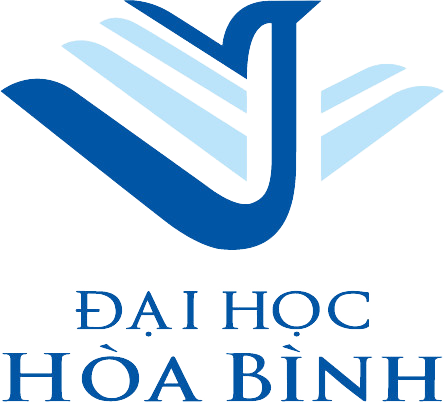Fifty-one Vietnamese Traditional Medicines Derived from Invertebrate Arthropds (Arthropoda) and Annelids (Annelida)
Prof. D. Sc. Vu Quang Manh1, Specialist pharmacist I. Pham Thi Xuan1, Assoc. Prof., Dr. Le Thanh Long2, MA. Tran Bui Phuc3 – 1Hoa Binh University, 2Institute of Tropical Biology, 3Nguyen Tat Thanh University
Abstract:
To develop the Bio-pharmacology major at the university level, a comprehensive survey of invertebrate arthropods (Arthropoda) and annelids (Annelida) utilized as Vietnamese traditional medicines was conducted. The survey was organized according to six criteria: (1) Vietnamese and medicinal name, (2) classification and scientific name, (3) distribution and habitat, (4) medicinal properties, (5) pharmaceutical effects, (6) discussion and comments.
A total of fifty-one invertebrate species were identified, comprising forty-six arthropod species and five annelid species used in traditional medicine. Among these, the phylum Arthropoda includes four classes (Insecta, Arachnida, Chilopoda, Diplopoda), seventeen orders and forty-six species species. The phylum Annelida comprises four classes (Oligochaeta, Polygochaeta, Hirudinea, Sipunculidae), five orders, and five species. According to class, the number of species used in traditional medicines decreases as follows: Insecta is the most numerous, followed by Diplopoda and Oligochaeta, each represented by two orders and two species. The four classes Chilopoda, Polygochaeta, Hirudinea and Sipunculidae each have one order and one species.
Insecta is the class with the dominant species number, used in traditional Vietnamese medicines, with 40/51 species, accounting for 78.43%. The distribution of insect species across increasingly orders is as follows: Thysanura = Mantoptera = Termites = Isoptera = Diptera = Siphonaptera, all have 1 species. Then the orders Odonata = Blattoptera = Lepidoptera, all have 2 species, and the Orthoptera = Hemynoptera, all have 5 species. The Hemiptera and Coleoptera have the most species, with 9 and 11 species, respectively. Notably, the species giant water bug Lethocerus indicus, has been listed in the Vietnam Red Data Book since 1992. This highlights the necessity to adhere to Vietnam’s diversity laws when exploiting and using these species.




